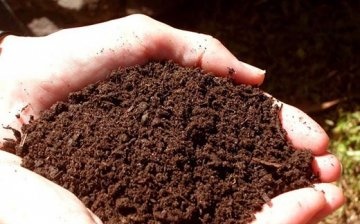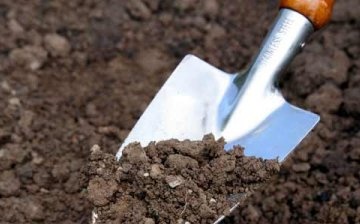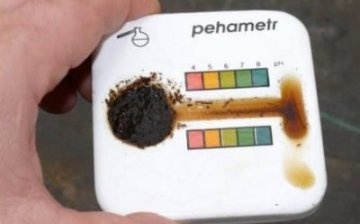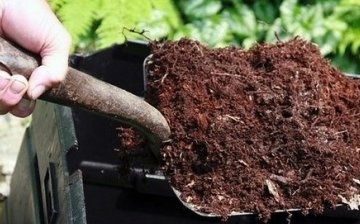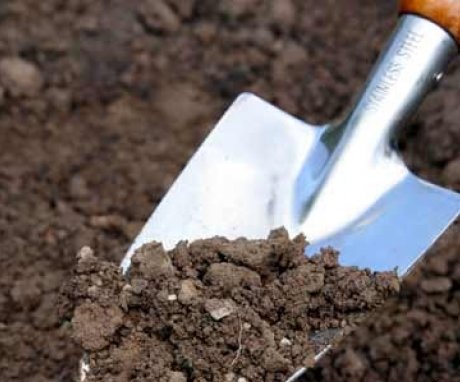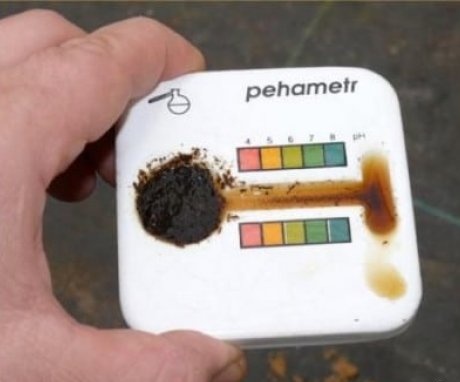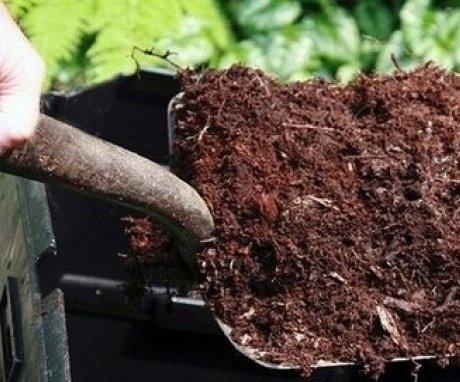How to acidify the soil: the most effective methods
To grow plants, you need a soil of a certain acidity. Most people like neutral or slightly acidic. But there are a number of plants that grow better and bloom beautifully in acidic soil. What is soil acidity? What needs to be done to make it sour?
Content:
Soil acidity level
The concept of soil acidity is associated with its ability to exhibit the properties of acids. The pH used to determine acidity is actual acidity. The settled solution of mineral soils is measured in a ratio with water as 1: 2.5, for peat soils as 1:25. Acidity is measured on a scale from 0 to 14. The lower reading is 0, acid, and the upper 14, alkali. In the center of the scale is the number 7 - neutral acidity. The range from 5.5 to 6.5 corresponds to weak soil acidity. 7.5-8.5 - slightly alkaline.
According to the acidity level, all soils are divided into:
- Strongly acidic
- Weakly acidic
- Neutral
- Weakly alkaline
- Alkaline
Most plants prefer to grow on soils of medium to neutral acidity. But there are a number of plants for the normal development and abundant flowering of which a strongly acidic soil is needed.
Determination of acidity level
It is possible to determine the acidity of the soil accurately and "by eye". To obtain an accurate pH value, they contact a soil science laboratory with soil samples. Specialists for a fee will conduct research and determine the value of acidity with an accuracy of tenths.
But usually this precision is not needed for growing domestic crops. Therefore, the approximate value can be determined in several ways:
- In horticultural shops you can buy a special device to measure the acidity of the soil. An instruction is attached to it, following which it is easy to determine its exact meaning.
- With the help of the litmus test we heard about at school. Dissolve a handful of earth in water, stir thoroughly and allow to settle. Place a litmus paper in the solution and observe the color change. Yellow indicates neutral acidity, red indicates acidic, blue indicates alkaline. Concentration is directly related to color intensity. The more intense it is, the higher the concentration.
- If you do not have a research kit and litmus test, which is quite likely, you can use "improvised means". Acetic acid and soda are needed. They take a handful of earth, divide it into two heaps. Acetic acid is poured onto one and the reaction is monitored. If it starts to sizzle and bubble, then the soil has an alkaline reaction. If the baking soda added to the soil causes the same reaction, then the soil is acidic.
Water, which is constantly watered with flowers and plants, also has its acidity value. Typically, the acidity index of tap water is from 6.5 to 8.5. This is alkaline water. It leads to a change in an acidic reaction to an alkaline one. Therefore, to grow some crops, the soil needs to be acidified.
So that water does not lead to an increase in alkaline reaction, you must first pass it through a filter.
This is possible when growing indoor plants or horticultural crops that occupy small areas. When watering large areas, watering with filtered water is too expensive.
How to acidify soil
Grow best on acidic soils:
The soil acidity index for them should be in the pH range of 4.5-5.8. Methods for increasing acidity depend on the mechanical composition of the soil:
- If it is light and loose, you need to add a lot of organic matter: compost, cow dung, sphagnum moss. In the process of decomposition of these substances, the acidity level increases slightly. To reduce significantly, you need to apply a lot of fertilizer.
- But for heavy clay soils, the use of this method will lead to a further decrease in acidity (alkalinization). Sulfur is best used here. Water entering the soil reacts, converting it into sulfuric acid. But this is a long process. For a plot with an area of 9 square meters, 1 kg of sulfur is needed to reduce the level by 2.5 units. And the process itself will last at least a year.
Soil acidification methods:
- Colloidal sulfur can be used. An application of 4 g per 10 L of soil will be sufficient for flowers that prefer acidic soils. But filling an apartment with flowerpots planted in such land is unsafe for its inhabitants. Reacting with water, it releases hydrogen sulfide, which is very unpleasant and very harmful to health.
- To increase the acidity of the soil faster, ferrous sulfate or aluminum sulfate is added. It will lower the pH by one in two weeks. For this, it is enough to add 1 kg to an area of 15 sq. m.
- To acidify the soil, urea, ammonium chloride, potassium salts and other substances containing ammonia are used. Do not add calcium and potassium nitrates. They raise the pH value.
- From available tools, use 9% vinegar or malic acid. A half-liter bottle of vinegar is poured into 5 liters of water and soil is spilled around the plant. But the use of vinegar is undesirable for the soil, because it destroys all fungi and bacteria, including beneficial ones. Diluted sulfuric acid can be obtained by draining the electrolyte from the battery.
The soil with the correct acidity level can be prepared in the fall. For this, fallen leaves, peat, sand are piled in special heaps. Water and shovel several times over the summer.
More information can be found in the video:
Soil acidification under various plants:
- The land under the young azaleas, hydrangeas and heather are acidified during the regrowth of leaves and the appearance of buds twice a month.
- Under old azalea bushes - once a week. After they have faded, carry out the procedure again. The acidity of the soil for them is pH 5.5.
- For roses, chrysanthemums and primrose it is enough to acidify 1-2 times a year. They love soil with a pH of 6.5.
- Dieffenbachia, ferns can be acidified once a year. They prefer soils with a pH of 6.8-7.
With regular acidification of the soil, you need to constantly check the pH level. It may become too low for any vegetation to want to grow there. In this case, you need to add lime or dolomite flour.



